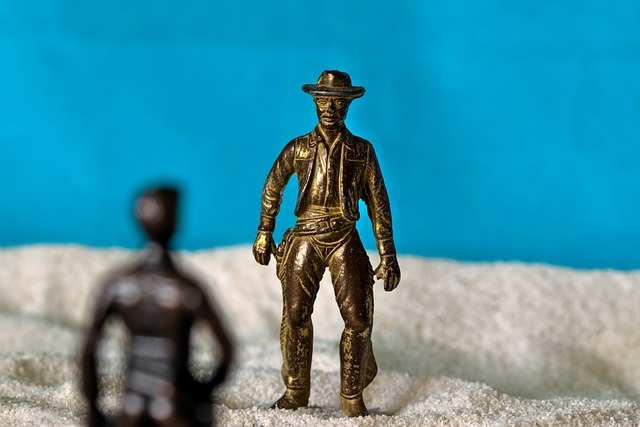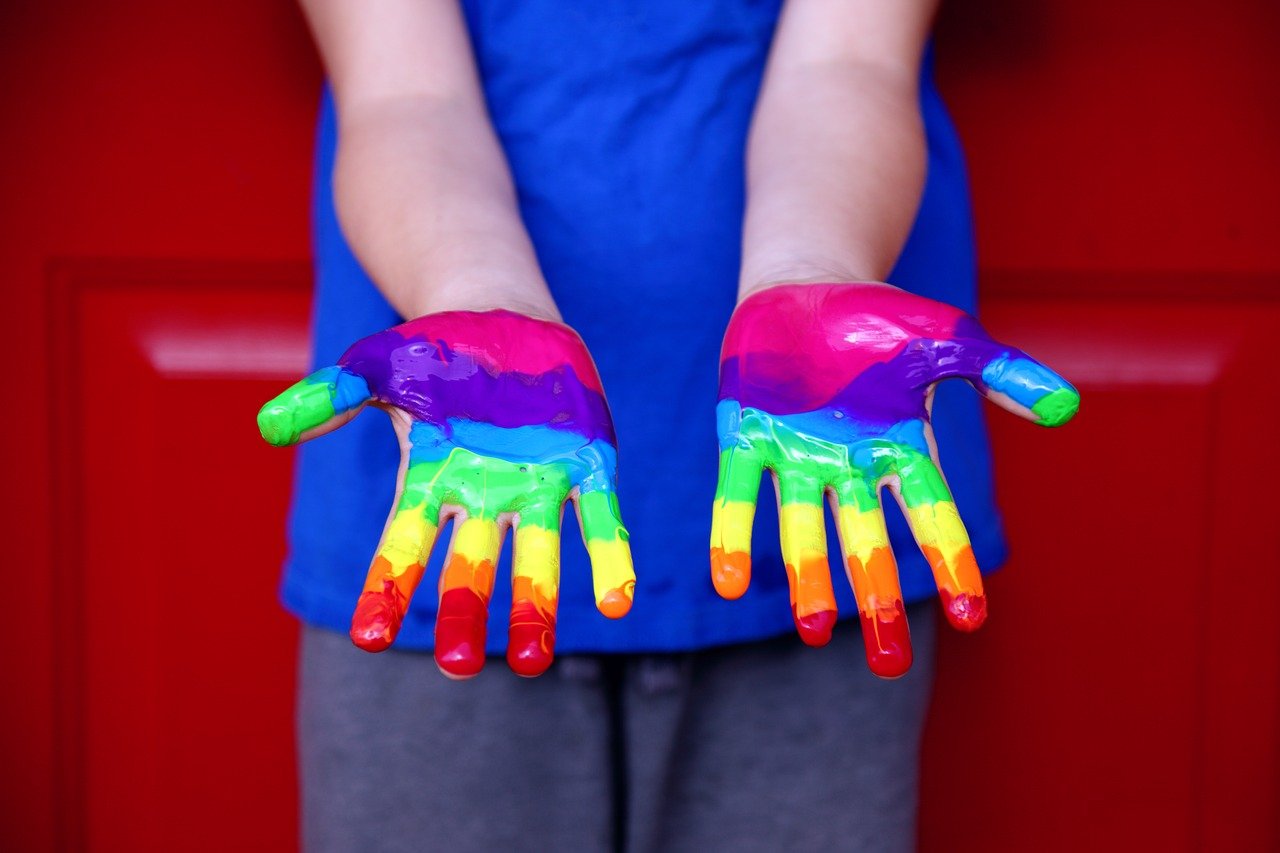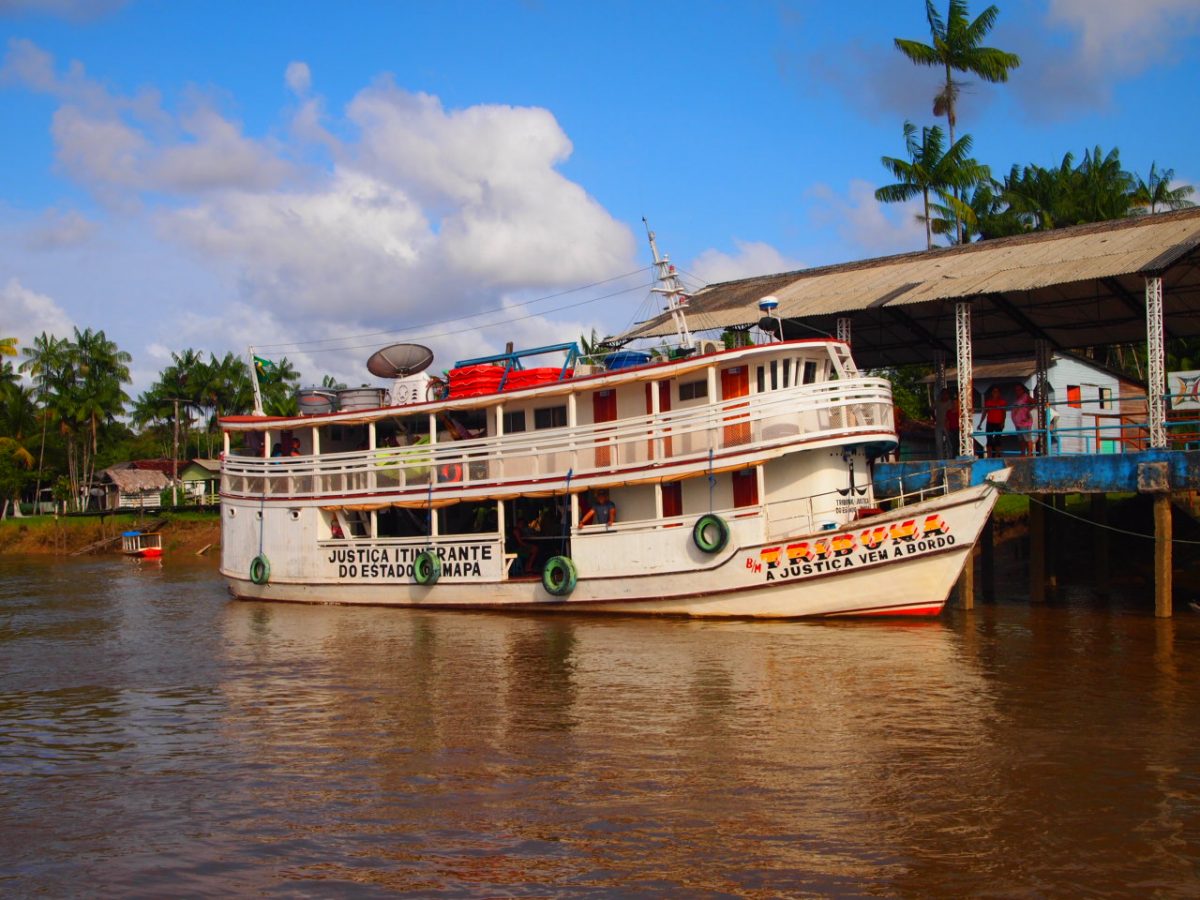In the ever-evolving landscape of the legal profession, change is the only constant. A recent study I co-authored sheds light on how lawyers in Queensland are adapting to disruptions such as technological advances, demographic shifts, and regulatory changes exacerbated by unforeseen events like COVID-19.
Understanding Disruption in Law
Disruption in the legal sector isn’t a one-dimensional problem. It’s a complex interplay of technological, demographic, disaster-related, and regulatory changes. Technological innovation, for instance, is revolutionising how we manage legal work, making processes more efficient and accessible. At the same time, demographic shifts are influencing the values and work-life balance expectations of the legal workforce, while regulatory changes are shaping the competitive landscape.
Navigating Unprecedented Times
Our research, which involved an extensive survey of 261 legal practitioners in Queensland, revealed an intriguing blend of readiness and resilience among lawyers when faced with upheaval. The majority reported coping well with the challenges posed by COVID-19, demonstrating a commendable level of adaptability and optimism for handling future changes.
However, this self-assessment might hint at bias, especially considering the significant seniority of many respondents and many participants’ association with the Queensland Law Society. As the industry continues to evolve, particularly with the rise of accessible generative AI technologies like Chat-GPT, ongoing research and adaptation are imperative.
Barriers and Strategies for Adaptation
Despite a general readiness, the study identified specific barriers impacting lawyers’ ability to adapt. Workload pressures, information overload, and operational tasks emerged as major obstacles, often leading to a significant time drain. This finding suggests a need for strategies that streamline administrative tasks, perhaps through technology, freeing up time for more critical, client-focused work.
Interestingly, the study also noted that many firms already employ innovative structures like incorporated legal practices (ILPs) to navigate these changes. There’s a clear indication that firms are recognizing the value of alternative business models in fostering a more adaptable and resilient practice.
The Way Forward: Collaboration and Technology
The study concludes with a compelling vision for the future, emphasizing the role of collaboration and technology in navigating the legal profession’s changing landscape. As practitioners, our most precious resource is time, and technology, when used effectively, can be a powerful tool to reclaim it and focus on strategic planning and client service.
The path forward is through embracing change, leveraging technology, and continuing education to remain agile and informed. It involves not just individual adaptation but also collective efforts from professional associations and industry stakeholders to support lawyers through these transitions.
Conclusion
The legal profession in Queensland, like many others worldwide, is at a crossroads of change and opportunity. The insights from our study not only highlight the current state of adaptation but also pave the way for future strategies, emphasizing the importance of continuous learning, technological integration, and collaborative efforts. As we navigate this journey, the focus remains clear: to evolve, innovate, and serve our clients with unwavering commitment and expertise.



